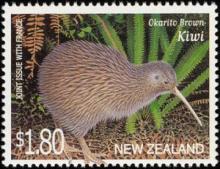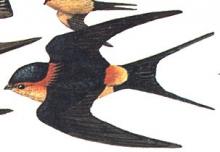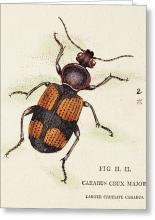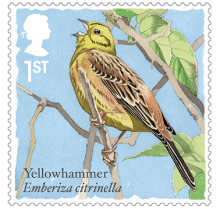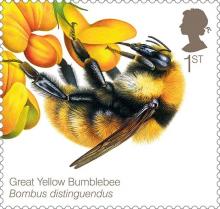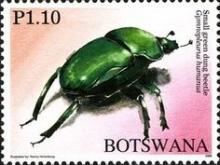New Zealand's national icon, the kiwi bird, is in steep decline
The kiwi (Apteryx haastii) is in swift decline, disappearing at a rate of 2 per cent per year. Around 200 years ago, millions of kiwi inhabited New Zealand, but in 50 years’ time there may be none left. Old Mout Cider has joined New Zealand-based charity Kiwis for kiwi in the fight to help save this extraordinary species — a nocturnal, colour-blind bird that has survived millions of years against the odds. In fact, its heritage is special: the kiwi shares DNA with the tyrannosaurus rex.

